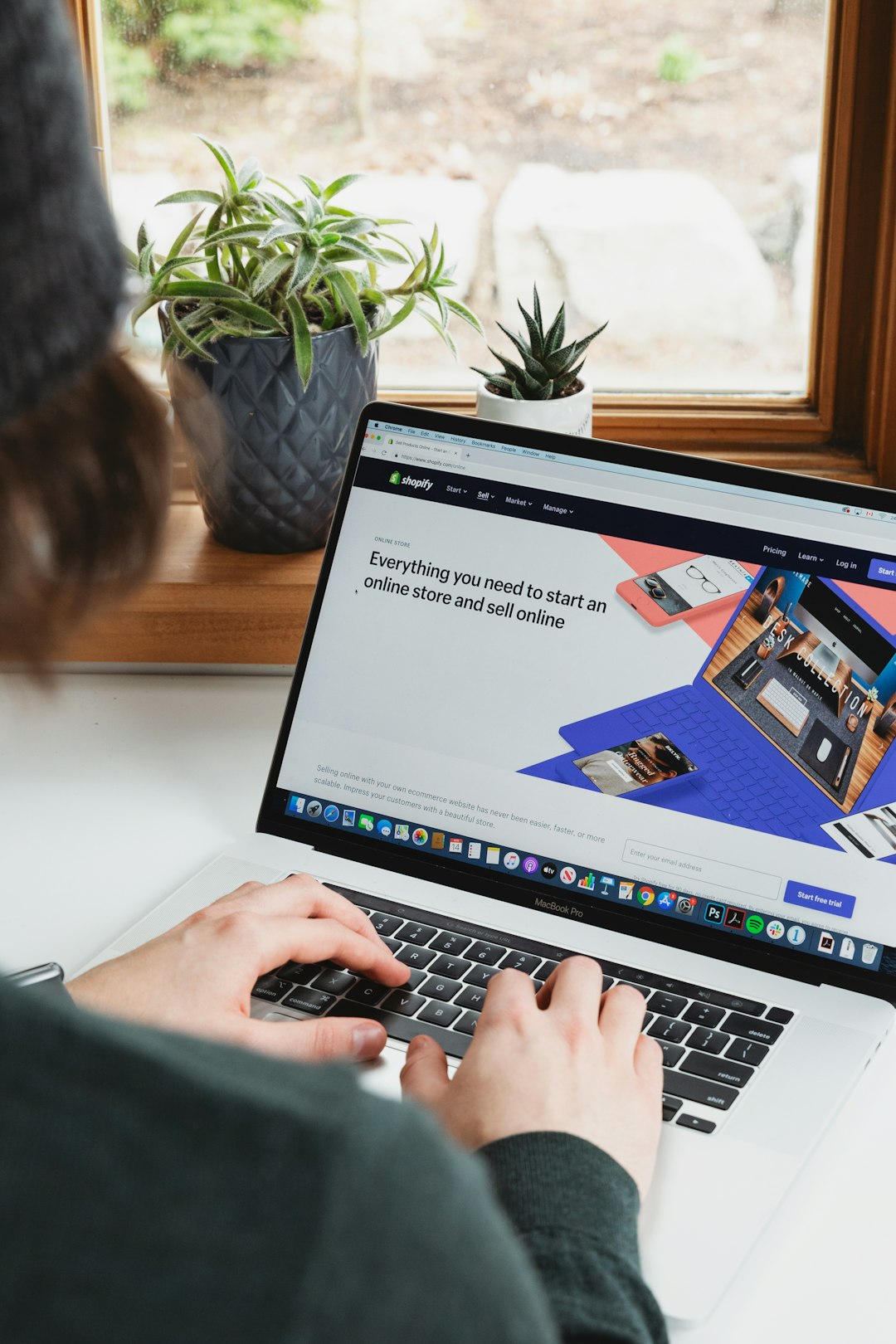Breaking Barriers: Women in Engineering
Engineering has always been considered a male-dominated field, with women only making up a small percentage of the workforce. However, in recent years, there has been a growing movement to break down barriers and encourage more women to pursue careers in engineering.
Despite the progress that has been made, there are still many challenges that women in engineering face. From stereotypes and unconscious bias to lack of representation and unequal opportunities, women often have to work harder to prove themselves in a male-dominated industry.
One of the most common barriers that women in engineering face is the stereotype that engineering is a man’s job. From a young age, girls are often steered away from STEM (science, technology, engineering, and math) fields and encouraged to pursue more traditionally female careers. This can lead to a lack of confidence in their abilities and a belief that they do not belong in engineering.
Another barrier that women in engineering face is unconscious bias. This can manifest in many ways, from assumptions about a woman’s technical abilities to microaggressions in the workplace. Studies have shown that women in engineering are often passed over for promotions or not taken seriously in meetings simply because of their gender. Overcoming these biases can be a constant struggle for many women in the field.
Lack of representation is another major barrier for women in engineering. When there are few women in leadership positions or as role models in the field, it can be difficult for young women to see themselves succeeding in engineering. Without representation, women may feel isolated or overlooked, making it harder for them to advance in their careers.
Unequal opportunities is another challenge that women in engineering face. From pay disparities to a lack of access to resources and opportunities for growth, women often have to work twice as hard to achieve the same level of success as their male counterparts. This can lead to feelings of frustration and discouragement, as women may feel like they are not being given a fair chance to prove themselves.
Despite these barriers, there are many women who have succeeded in engineering and are paving the way for future generations. These trailblazers are breaking down stereotypes, challenging biases, and creating a more inclusive and diverse workforce. Their stories inspire other women to pursue their dreams in engineering and show that success is possible, no matter the obstacles.
One of the key ways to support women in engineering is through mentorship and networking. By connecting with other women in the field, sharing experiences, and offering support, women can build a strong community that empowers them to succeed. Mentors can provide guidance, advice, and encouragement as women navigate their careers, helping them overcome challenges and reach their full potential.
Another way to support women in engineering is through education and advocacy. By promoting STEM education for girls from a young age, breaking down stereotypes, and creating more opportunities for women in the field, we can help close the gender gap in engineering. Companies can also do their part by implementing diversity and inclusion initiatives, providing equal opportunities for growth and advancement, and creating a more inclusive workplace culture.
In conclusion, breaking barriers for women in engineering is a collective effort that requires support from individuals, companies, and society as a whole. By challenging stereotypes, biases, and inequalities, we can create a more inclusive and diverse workforce that empowers women to succeed in engineering. With the support of mentors, advocates, and a strong community, women can overcome obstacles and achieve their dreams in the field. It is time to break down barriers and create a more equal and inclusive engineering industry for all.















